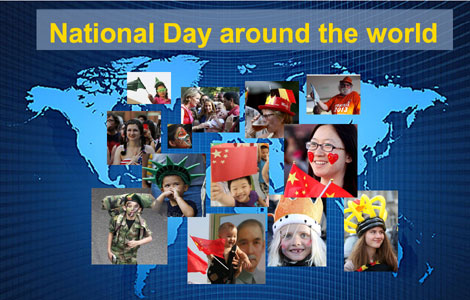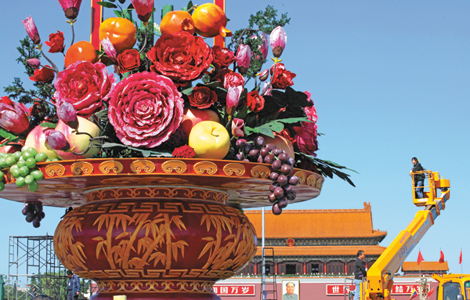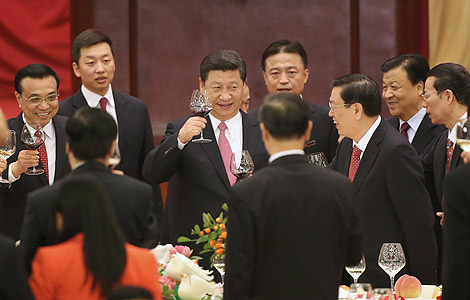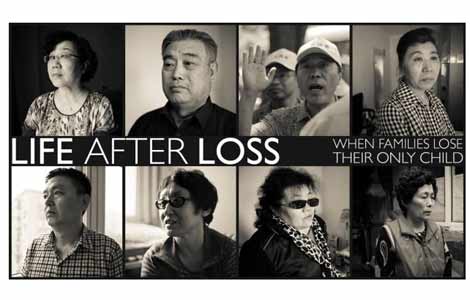How to tap into China's increasing gray market
Updated: 2013-10-01 14:31
By Mike Bastin (China Daily)
|
||||||||
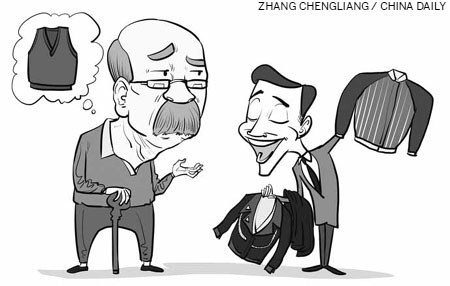
Despite the recent slowdown in China's economy, many foreign companies continue to see the world's second-largest economy as one of the most attractive markets now and in the future. Consumption of foreign brands by the Chinese contributes considerably to the profits of many foreign companies, especially luxury brand producers. But do foreign companies and their marketing teams really understand the changing nature of China's customer base?
Much discussion has taken place about the younger generations, especially those born after the commencement of China's family planning policy in the late 1970s. Marketing to China's younger and more modern customer base continues to receive a lot of attention.
Both the reform and opening-up policy and the family planning policy have clearly spawned a generation of different and "heavy brand" customers. But what appears to have been overlooked by many foreign companies operating across the Chinese mainland, the great majority of which target the 18 to 35 age group, is the aging impact of these policies.
According to China's central government, the family planning policy is responsible for the reduction of more than 250 million births between 1979 and 2000. While the overall population continues to grow, the growth rate has fallen and is estimated to fall below 0.5 percent a year by 2017.
Furthermore, the United Nations predicts the population will stop growing entirely by 2032 and will then start to shrink. If current trends continue, by 2028 India will become the world's most populous country.
Foreign companies, especially those which continue to target only younger urban professionals, appear to be ignorant not just of China's aging population but the acceleration of this as a result of the family planning policy.
China's demographic makeup will change - and soon. It will resemble less and less the age distribution found in other similarly developing nations such as neighboring India. Foreign companies, therefore, will need to re-evaluate their product and brand portfolios very carefully.
The market size and growth rate of the younger, typically 18 to 35 age group, will prove less and less attractive and will be soon outnumbered by aging generations.
It is estimated that by about 2038 there will be as many people over the age of 65 in China as there will be under the age of 20. Moreover, post-2038, older Chinese will outnumber younger ones.
Foreign companies and their marketers who can gain an understanding of the lifestyles and buyer behavior of these older generations should do well. But simply extending their product and brand portfolios with similar positioning and marketing will lead to failure.
Although many of China's senior citizens buy many of the brands desired by their younger counterparts, it is estimated that only 10 percent of these products are actually targeted directly at older generations. There is huge potential, therefore, for foreign companies.
So, how to tap into this vast and growing demographic group?
Positioning is crucial. Older Chinese people remain "traditional" in comparison with the modernity of China's youth. Such traditional values should lead to brands positioned as "nostalgic" and "nationalistic", supported by marketing and advertising campaigns that aim to portray China's rich culture and history.
However, my research confirms that, while older generations remain more traditional - that is, nationalistic and respectful of the past - they also share the desire for fun, adventure and excitement that motivates much of the younger generations' behavior.
It is, therefore, a careful fusion of these traditional and modern values, with the traditional at the fore, that should appeal to China's gray market.
A subtle shift in favor of traditionalism is, therefore, necessary to position the very same brand successfully in the minds of this older group in comparison with China's 18 to 35 year olds.
To achieve such a successful fusion, implementation of the dual or double brand name strategy often employed successfully in China, and elsewhere, will be helpful. Two brand names are presented to the market here, one often the corporate brand name. Lenovo's Thinkpad and Mengniu's Telunsu are current examples.
For older generations, the corporate brand name should dominate (source-branding) and evoke the traditional values discussed earlier. But, at the same time, a more modern, fresh and exciting product name is also important as older people move toward emotional consumption and a varied lifestyle. For younger generations, the product brand name resonates more, while the corporate brand name remains an important endorsement.
The author is a visiting professor at the University of International Business and Economics in Beijing and a researcher at Nottingham University's School of Contemporary Chinese Studies. The views do not necessarily reflect those of China Daily.
(China Daily USA 10/01/2013 page10)
Most Viewed
Editor's Picks

|

|

|

|

|

|
Today's Top News
US government partial shutdown begins
Pentagon reassures China over India ties
China committed to deepening reform
Chinese embassy in Syria attacked
Li: China confident in meeting economic targets
New FTZ gets a big US bank
China, India join hands on border stability
China issues guidance for government purchases
US Weekly

|

|
